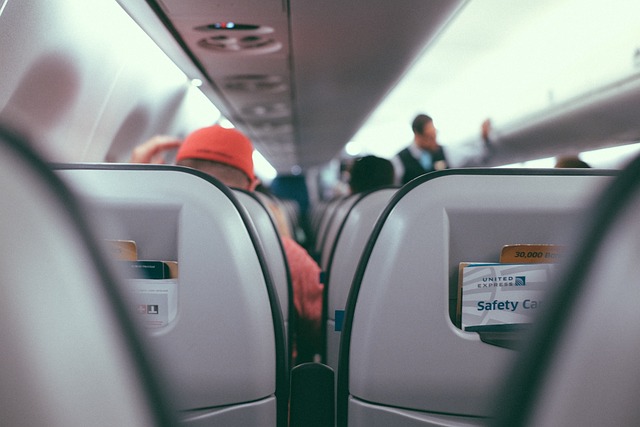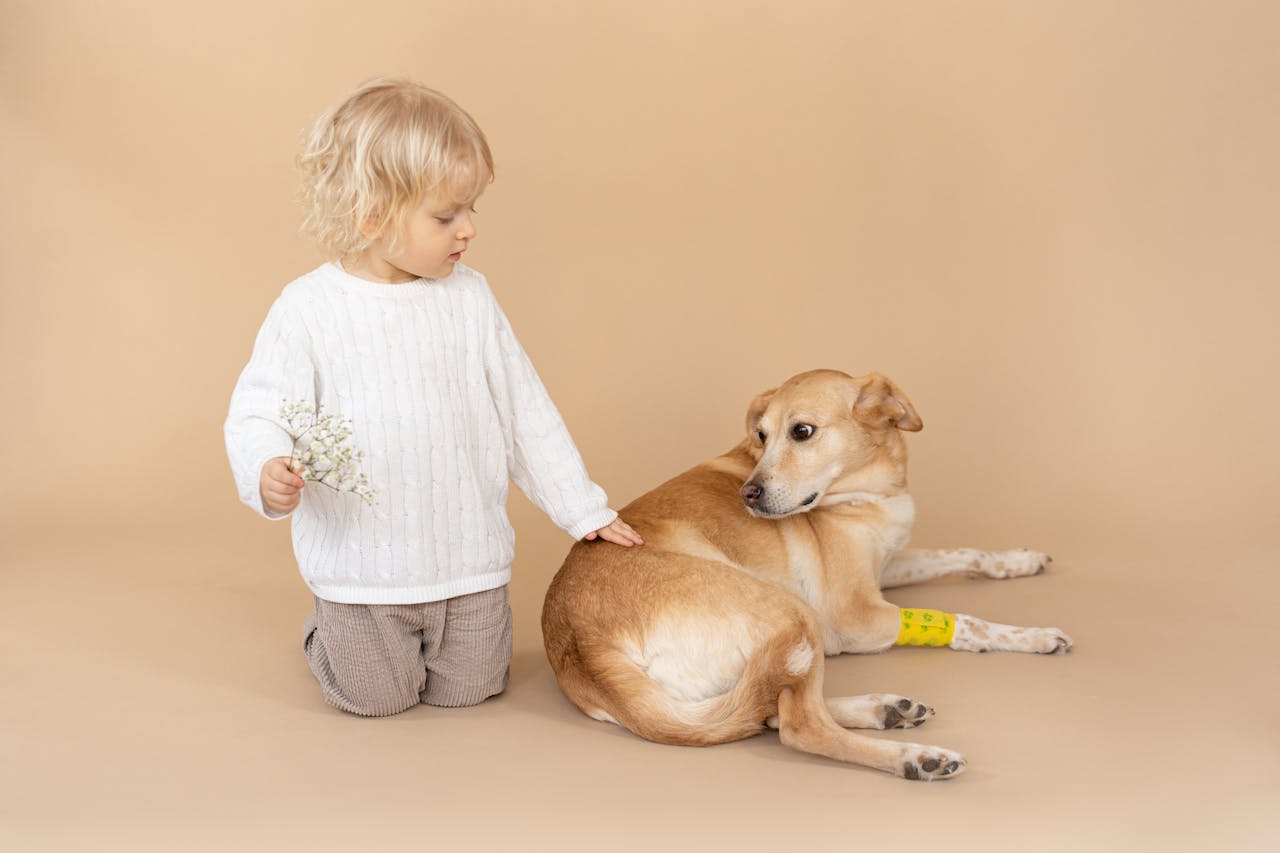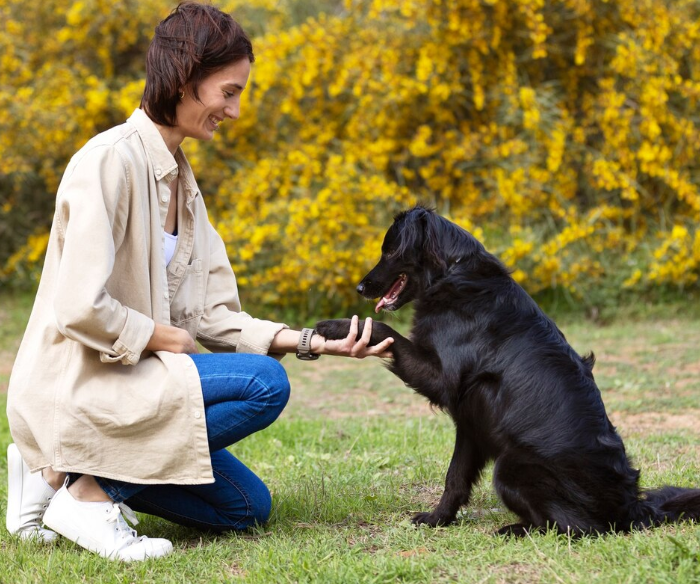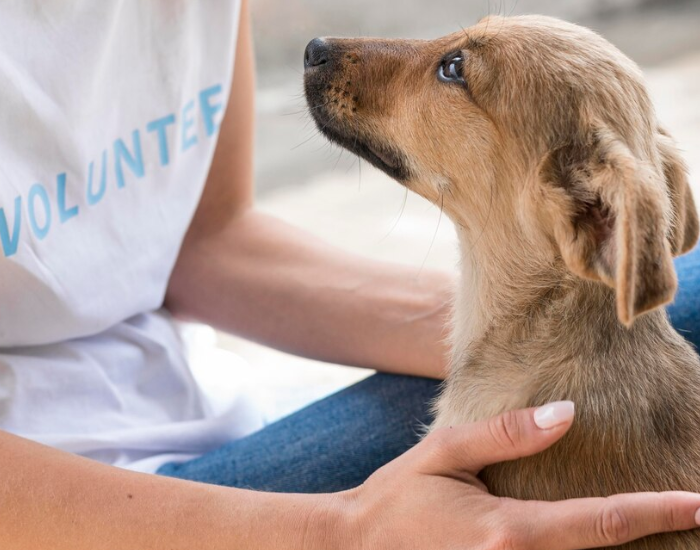Air travel can be both exciting and stressful for individuals, and this experience extends to their loyal service dogs as well. Service dogs play a vital role in providing assistance to individuals with disabilities, and ensuring their comfort and safety during flights is crucial. We understand the unique challenges that individuals with service dogs face when it comes to air travel. The question of where service dogs should sit on a plane is a common concern, and in this comprehensive guide, we'll provide you with valuable insights. With the right training, preparation, and guidance, service dogs can continue to be the unwavering support system that individuals with disabilities rely on, even at 30,000 feet in the air.
Understanding the Basics: Service Dogs and Air Travel
Service dogs are highly trained to assist individuals with disabilities in various capacities, ranging from mobility support to medical alert tasks. Air travel introduces unique challenges, as service dogs must navigate the confined space of an aircraft cabin while maintaining their focus on their handler's needs.
Before delving into the specifics of where service dogs sit on a plane, it's important to recognize the legal rights and protections granted to individuals with disabilities who rely on service dogs. The Americans with Disabilities Act (ADA) ensures that individuals with disabilities are allowed to bring their service dogs into public places, including airports and airplanes. However, the process involves more than simply boarding the plane; it requires careful planning, training, and adherence to airline regulations.
Air travel introduces a series of new experiences and sensory stimuli for service dogs. The bustling environment of airports, security checkpoints, cabin noise, and the confined space of an airplane cabin can all pose challenges for both the service dog and its handler. This is why proper preparation and training are paramount.
Seating Options for Service Dogs
1. Under the Seat: Most airlines require service dogs to sit on the floor space beneath the seat in front of their handler. This ensures that the dog remains safe and doesn't obstruct the aisle or emergency exits. It's essential to prepare your service dog for this confined space through proper training.
2. On the Lap: In certain instances, smaller service dogs may be allowed to sit on their handler's lap during the flight. However, this seating arrangement comes with a few considerations. Firstly, it's essential to check with the airline regarding their policies on lap seating for service dogs. Airlines often have size restrictions, and it's important to ensure that your service dog meets these criteria. Secondly, while lap seating can provide a sense of closeness and comfort, it's crucial to assess whether your service dog is comfortable with this arrangement. Some dogs may find lap seating to be unfamiliar and potentially stressful due to the absence of their regular under-seat space.
3. In Front of the Handler: Service dogs can also sit in the space in front of their handler's seat, as long as they do not block the aisle or impede the movement of other passengers. This option provides a bit more space for the dog to stretch out while remaining easily accessible to the handler.
Preparing Your Service Dog for Air Travel
Proper training is the cornerstone of successful air travel with a service dog. Service Dog Training School's Service Dog Flying Training Course is designed to equip individuals and their service dogs with the skills and confidence needed to navigate the challenges of air travel. The course covers:
1. Cabin Etiquette: Teaching service dogs to remain calm, relaxed, and unobtrusive during the flight.
2. Under-Seat Training: Helping dogs acclimate to the confined space under the seat.
3. Distraction Management: Training dogs to focus on their handler and tasks despite potential distractions.
4. Security Checkpoints: Preparing dogs for security screenings and interactions with airport personnel.
Benefits of Service Dog Flying Training Course
Enrolling in Service Dog Training School's Service Dog Flying Training Course offers a multitude of benefits:
1. Expert Guidance: Benefit from the expertise of trainers with extensive experience in service dog training and air travel preparation.
2. Customized Approach: The course is tailored to the specific needs of individuals and their service dogs, ensuring a personalized training experience.
3. Realistic Simulations: Simulate the airport and flying environment to help dogs adapt to the sensory stimuli and challenges they may encounter.
4. Confidence Building: Both handlers and dogs gain the confidence to navigate the complexities of air travel smoothly.
Conclusion
Traveling with a service dog can be a rewarding experience with the right preparation. Knowing where your service dog should sit on a plane is just the beginning. Through proper training, your service dog can become a calm and composed travel companion. Service Dog Training School's Service Dog Flying Training Course offers a comprehensive and effective approach to ensuring that your service dog is ready for the journey ahead. As a dog trainer with a deep commitment to the welfare of service dogs and their handlers, I encourage you to explore this course and embark on worry-free air travel with your loyal and skilled service dog by your side.













